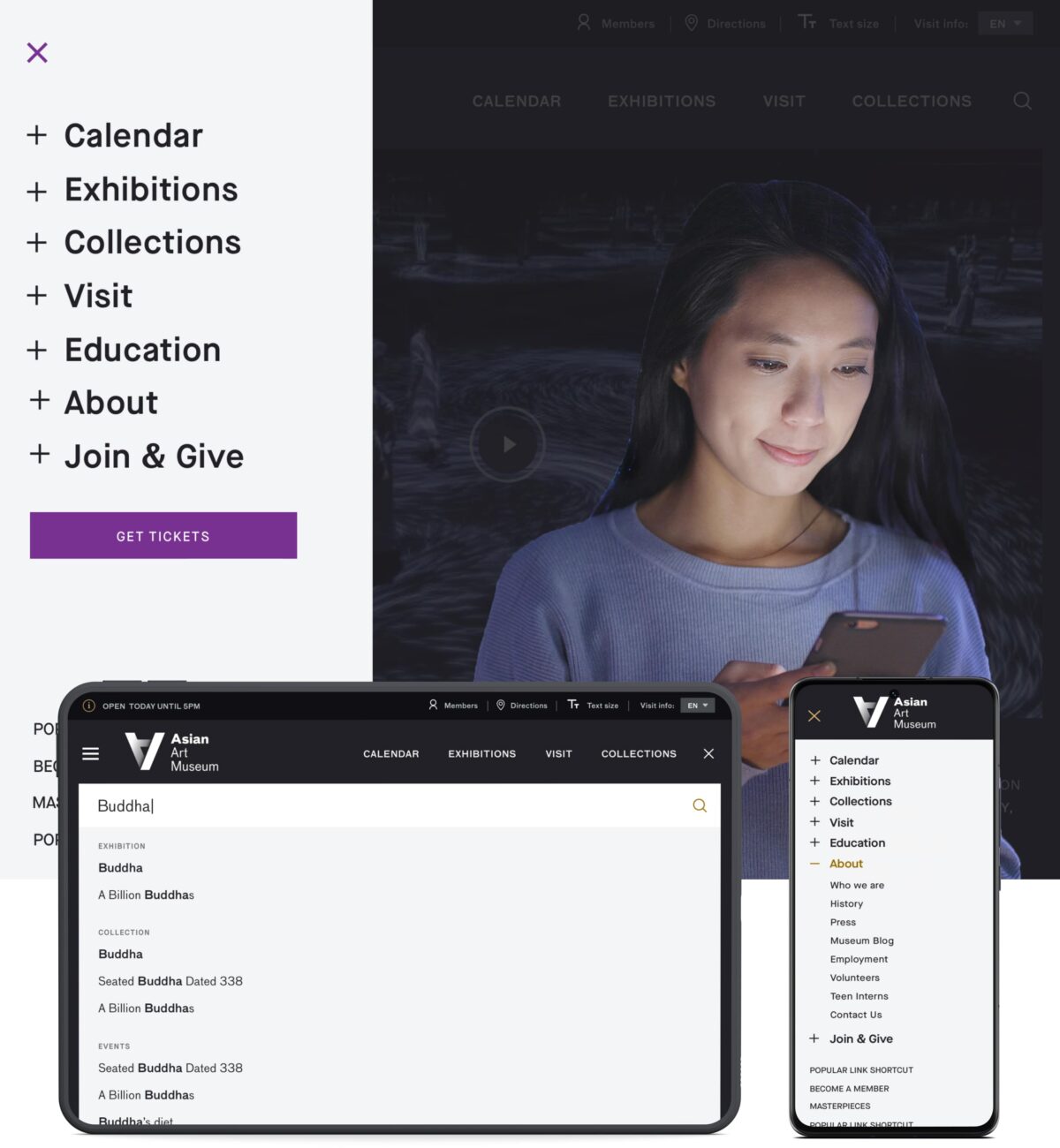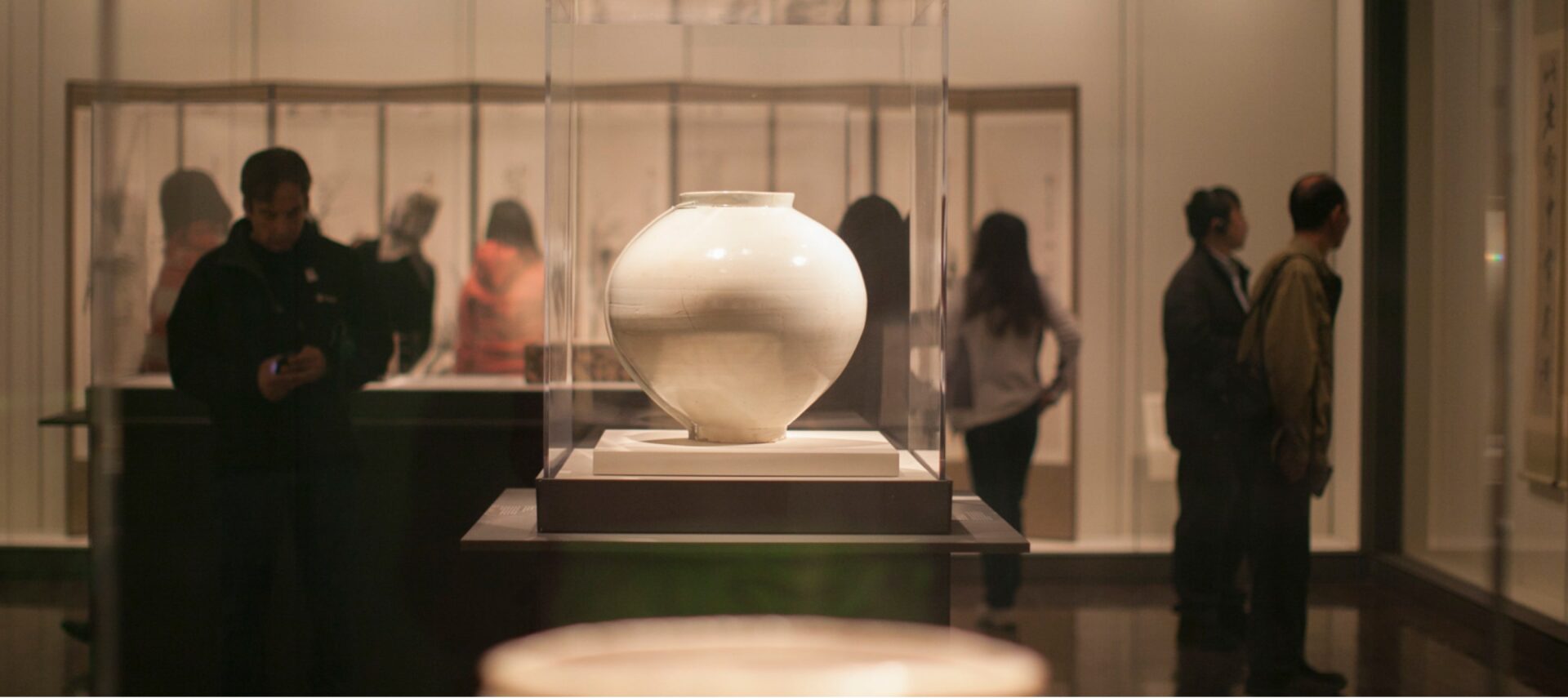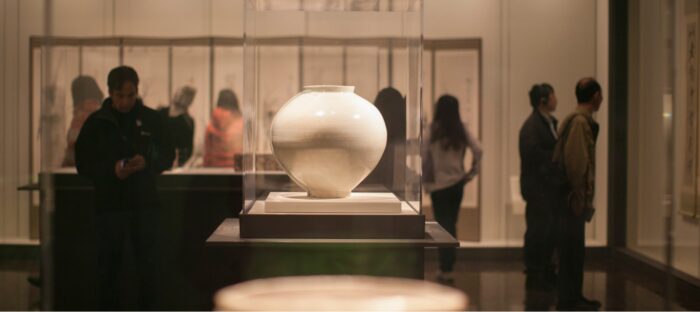
Museum
The Museum Experience Transformed
Collaborating with the Asian Art Museum, Lion Interactive developed a robust enterprise Content Management System (WordPress CMS) which drives user experience across web, mobile, distanced learning, visiting the museum, in museum experiences, way finding, ticketing and even archival imagining. Our team worked closely with department heads to identify and prioritize requirements, resulting in a cohesive system that integrated across the entire organization. The solution we provided was highly responsive, easily accessible, and streamlined the content management process to enhance user experience across their journey, increase ticket sales, and empower team members to do more with less effort.
Services
- CMS Implementation
- CMS Strategy
- Digital Strategy
- Software Development
- User Research
- UX/UI Design
Project Type
- Brand Strategy
- Embedded Agile Team
- Enterprise System Engineering
Collaborating with the Asian Art Museum, Lion Interactive developed a robust enterprise Content Management System (WordPress CMS) which drives user experience across web, mobile, distanced learning, visiting the museum, in museum experiences, way finding, ticketing and even archival imagining. Our team worked closely with department heads to identify and prioritize requirements, resulting in a cohesive system that integrated across the entire organization. The solution we provided was highly responsive, easily accessible, and streamlined the content management process to enhance user experience across their journey, increase ticket sales, and empower team members to do more with less effort.
Services
- CMS Implementation
- CMS Strategy
- Digital Strategy
- Software Development
- User Research
- UX/UI Design
Project Type
- Brand Strategy
- Embedded Agile Team
- Enterprise System Engineering
When it comes to transforming the museum experience, Lion Interactive led the charge with a cohesive, multi-year digital transformation that touched every aspect of the organization. Aligning all stakeholders was key to our success.
The Key Challenges Facing Museum Digital Transformation
-

Accessibility Challenges
Due to the lack of a digital strategy that prioritized accessibility across all visitor touch-points, the Museum faced gaps, misalignments, and a lack of focus, resulting in failure to meet the WCAG standard set by the city of San Francisco.
-
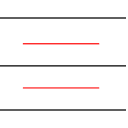
Stakeholder Misalignment
Three years prior to our start, the Asian Art Museum in San Francisco had relaunched their website, but faced issues with internal alignment across various departments. Additionally, there was no established digital leadership or strategy in place to unify the museum's needs.
-

Outdated IT infrastructure
Although the Museum had invested in IT over the past 20 years, the focus was primarily on essential business operations rather than the user experience within the museum. As a result, processes were often ad hoc, rapidly deployed, and lacked cohesion.
-
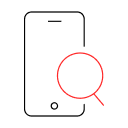
Website Navigation Issues
The user experience was frequently neglected in past website iterations, as a museum-centered approach and lack of research and standardization impeded the overall experience.
-
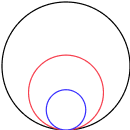
Branding Challenges
Despite significant investments in branding initiatives several years prior, attempts to extend the brand to digital channels were rushed and lacked a thorough and detailed process, resulting in subpar articulations and a diminished user perception of the museum's value.
-

Mobile and Responsive Issues
Prior to the relaunch, mobile experiences were not given priority, and users were redirected to out-of-the-box mobile app experiences that failed to assist users with critical pre-visit tasks, resulting in a disjointed experience that left mobile users underserved.
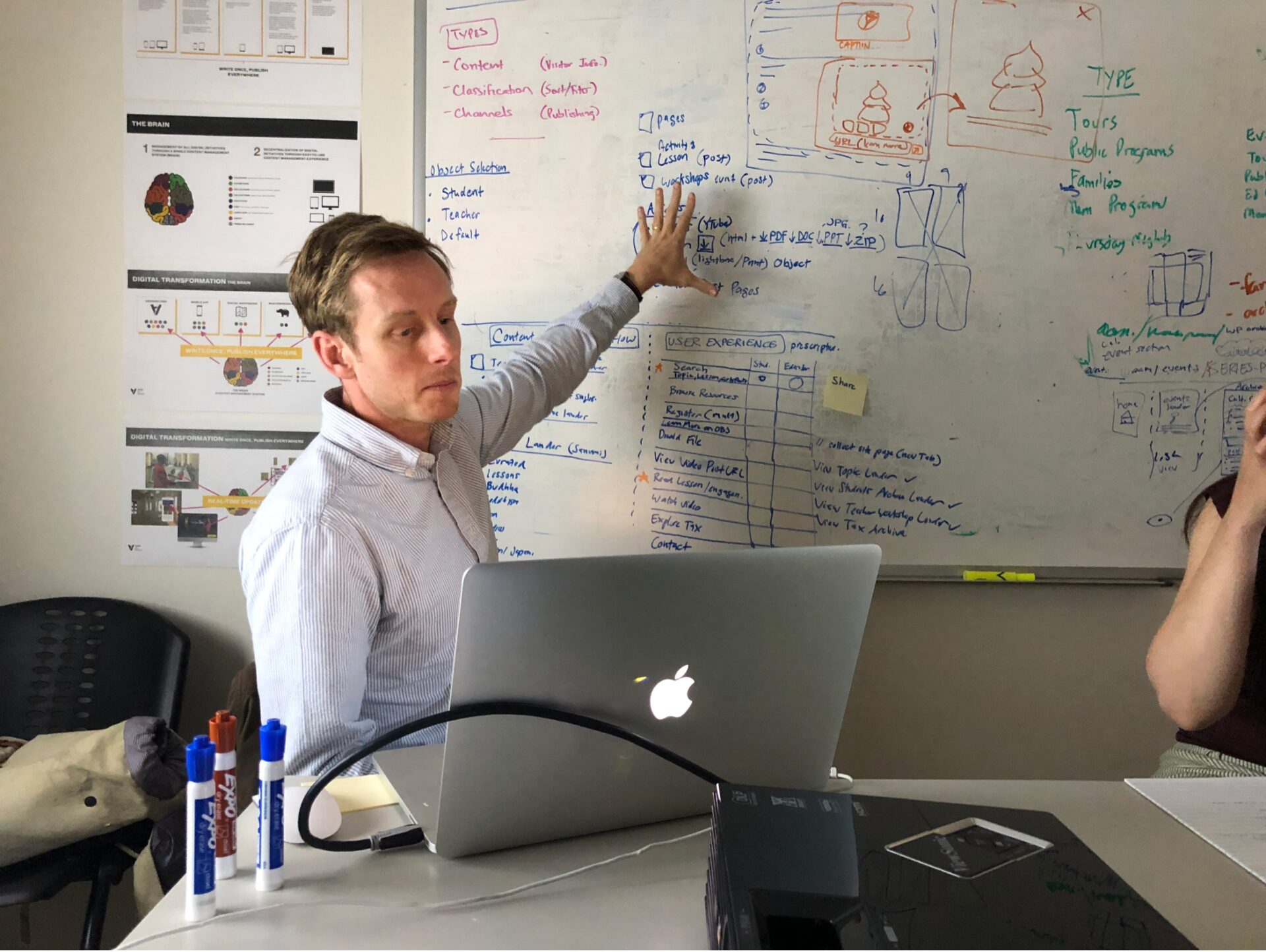
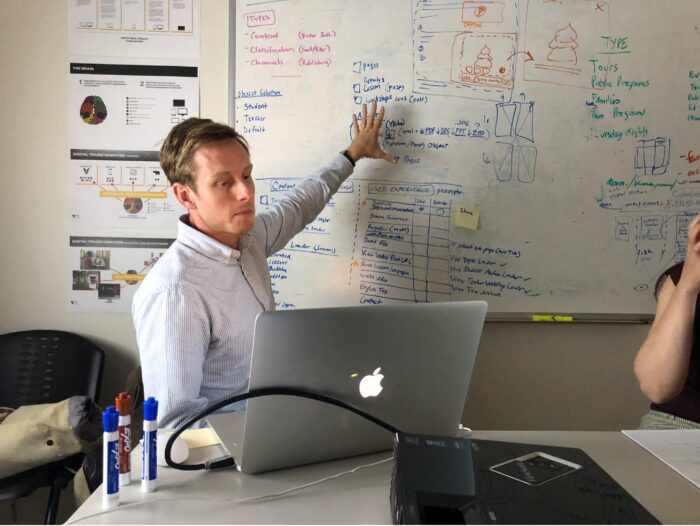
Achieving Stakeholder Alignment and User-Centered Research
We collaborated internally with Jonathan Lee, the Head of Digital, to address past challenges and evaluate the requirements of various departments. To ensure our strategy was the right one, we conducted proofs of concept, validated and demonstrated our approach, and obtained buy-in from the Deputy Director and Executive Board. We organized workshops, such as Northstar brand mission workshops, with department heads to address concerns, prioritize needs, and create a balanced solution that satisfied team members’ varying requirements. We carefully listened to their issues and devised solutions that addressed the needs of all departments.
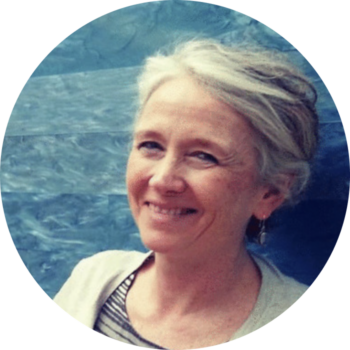
Deborah Clearwaters
Director of Education and Interpretation, Asian Art Museum
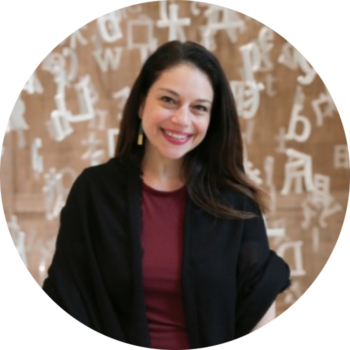
Yael Eytan
Chief Marketing and Communications Officer at Asian Art Museum
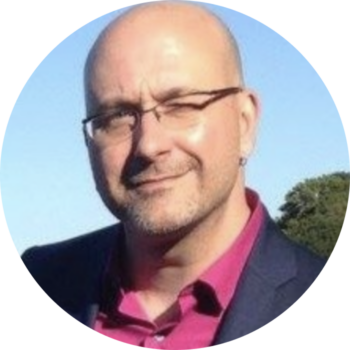
Jody Hart
Director Of Information Technology at Asian Art Museum
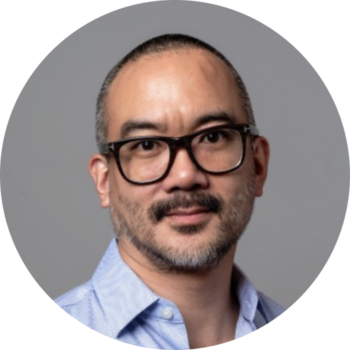
Jonathan Oen-Lee, MBA, ACLP
Director of Digital Experience
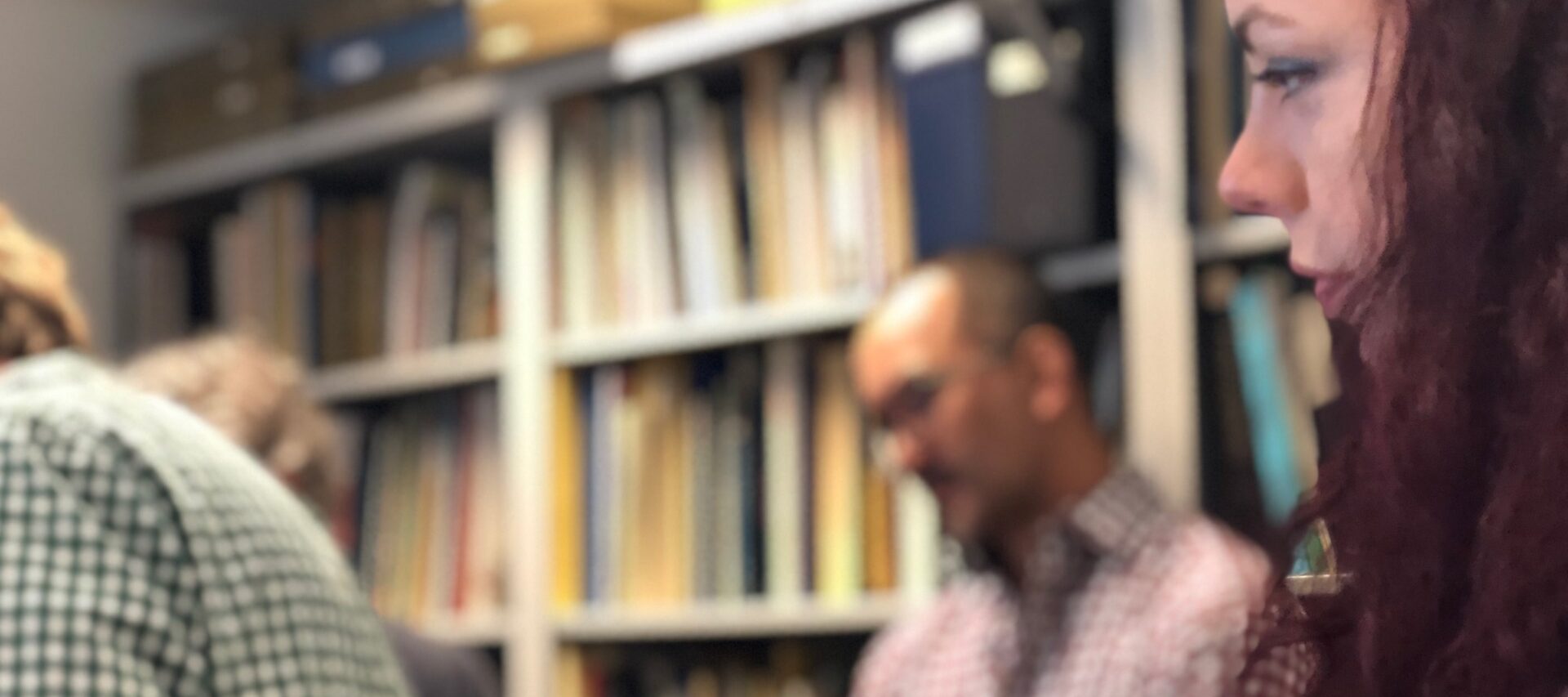
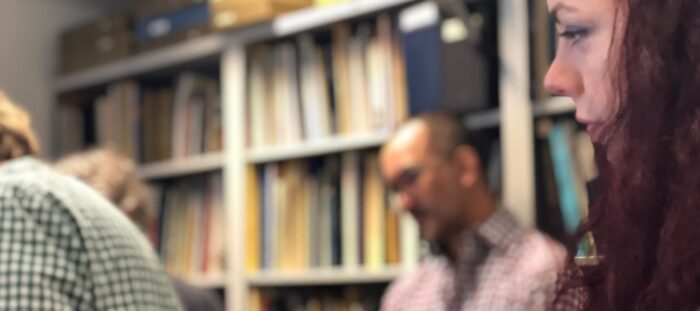
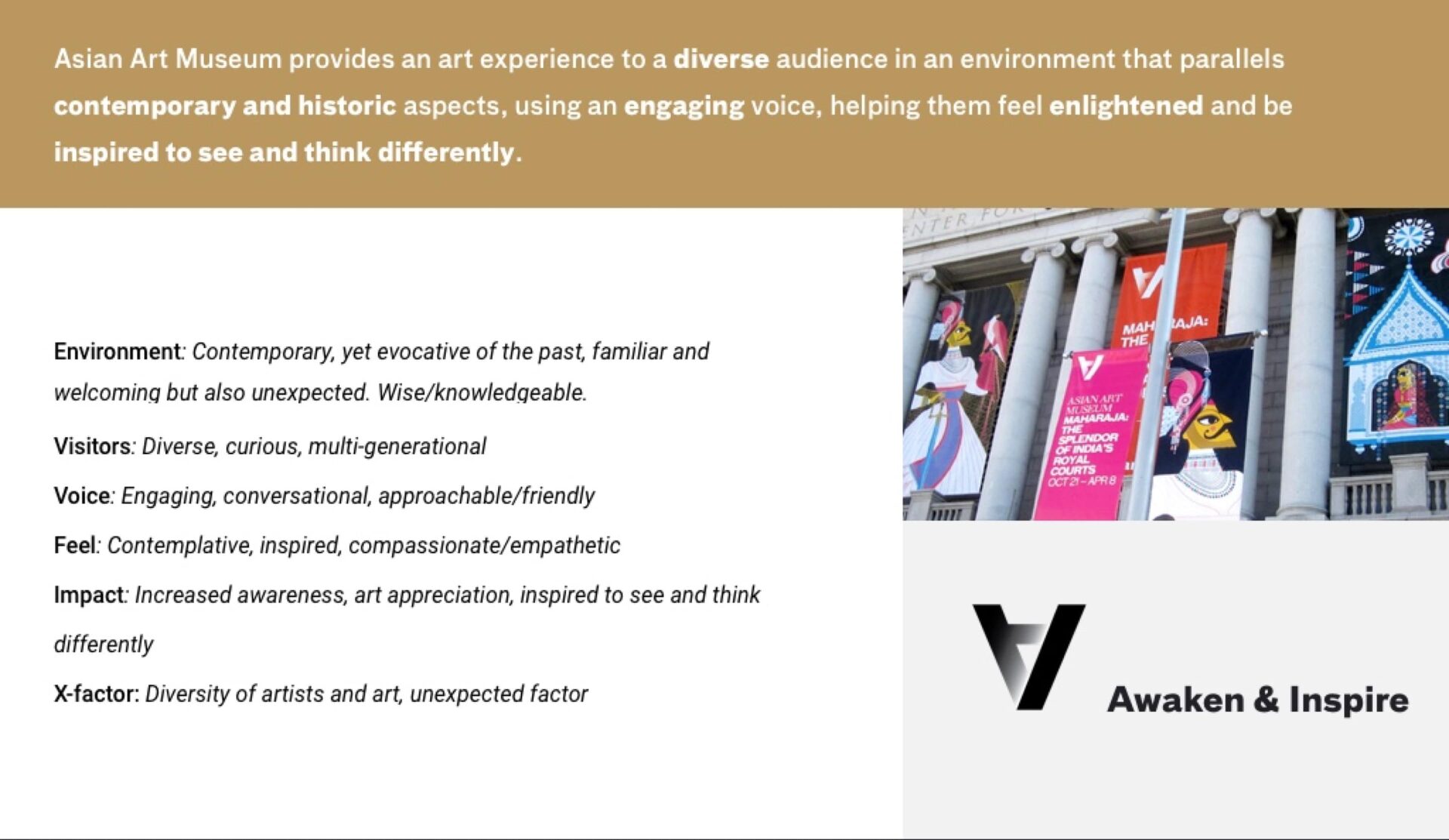
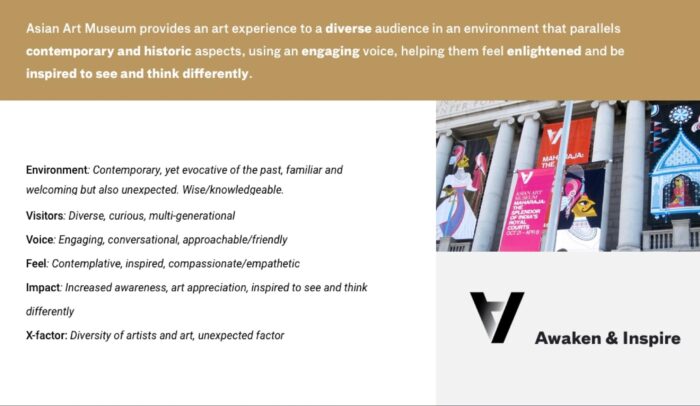
A User-Driven Approach to Brand Extension and Visual Design Iterations
Through extensive interviews/ workshops and discussions with all invested departments, stakeholders, and leaders, we were able to establish a clear and concise brand mission statement. This foundational step helped us to align the team’s vision and establish a goal-driven design process. We integrated user feedback and research into this process, allowing our design and user experience teams to offer multiple approaches for extending the brand. By adopting an agile approach to iteration, design feedback, and user reactions, we were able to create a new path forward that resulted in exceptional team alignment.

Brand Alignment and Workshopping
In our early research, we discovered the necessity for a seamless experience that could be used by all departments, as well as local museum-goers, regional visitors, and international visitors. We aimed to eliminate past difficulties by building the architecture around an enterprise-oriented WordPress CMS and implementing consistent APIs to drive content across various touchpoints. Through this approach, we were able to achieve the fundamental principles of our design and mission statement. To accomplish our objectives in museum, we collaborated with architectural visionaries SOM (Skidmore, Owings & Merrill), who led the redesign of the museum interior and new wing. We conducted brand mission workshops, created target personas, developed digital style guides, and designed patterns that connected the brand across different digital assets, marketing efforts, physical wayfinding, and the museum’s environmental design.

How We Drove Our Vision to a Successful Launch
The success of our multiyear digital transformation project was the result of several critical factors. We approached the project with patience and care, placing a strong emphasis on user research and properly framing the problems we aimed to solve. Our team adopted an inclusive approach that encouraged all members to share their ideas while also acknowledging that not every idea or demand could be met. In addition, our user experience design team meticulously ensured that all components fit seamlessly together, while our brand-focused UI experts created a scalable design solution that was both visually stunning and elevated the museum's perceived value. As a result of our efforts, we received multiple awards and accolades from the team, the city of San Francisco, and museum leaders nationwide.
-
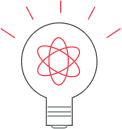
Workshopping
Although we enjoy collaborating with teams and having a good time, it's important to note that workshops are not solely for entertainment purposes. In fact, these sessions are crucial for establishing alignment, hearing from everyone, and encouraging divergent and convergent thinking, which ultimately empowers the team to have a collective focus and avoid any internal conflicts or loss of direction.
-
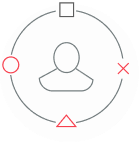
Empathy & Listening
We began our project by prioritizing research across various user groups, stakeholders, government mandates, and other relevant personas. This approach enabled us to document our findings and validate our strategies, leading to greater transparency, accountability throughout the process, and a product that received high user feedback scores. Additionally, our approach resulted in a flexible infrastructure that can be adjusted and adapted to support future growth and pivots.
-
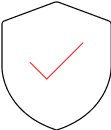
Planning + Scalability
Our focus on building an enterprise-wide solution allowed us to create a system with tight, interlocking connections that are also flexible and adaptable for the future. While rigid approaches can be effective, they often lack the ability to be interchangeable or scalable, limiting teams' agility and ability to pivot when new insights or requirements emerge. By prioritizing flexibility and scalability, we were able to develop a system that can evolve and adjust to meet changing needs over time.
-

Accessibility Experience
After having the honor of participating in the Obama Era Office of Digital round table on Accessibility at the White House, we returned to the Bay Area with renewed passion to create better experiences for all. Fortunately, we were able to partner with the Lighthouse for the Blind and the City of San Francisco to not only meet accessibility standards but also create products that positively impacted users. These partnerships helped pave the way forward for Bay Area-based museums like OMCA and SFMOMA, setting new standards for inclusive and accessible experiences.
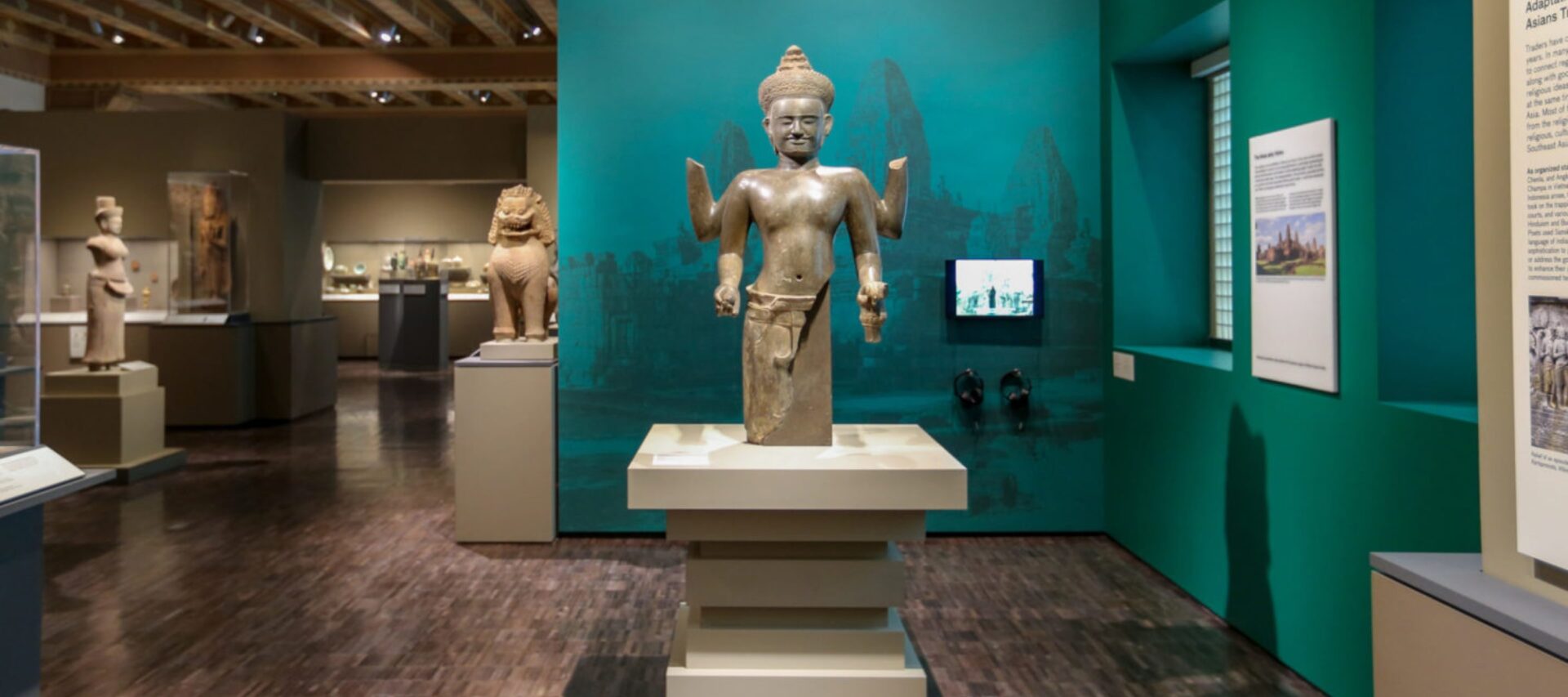


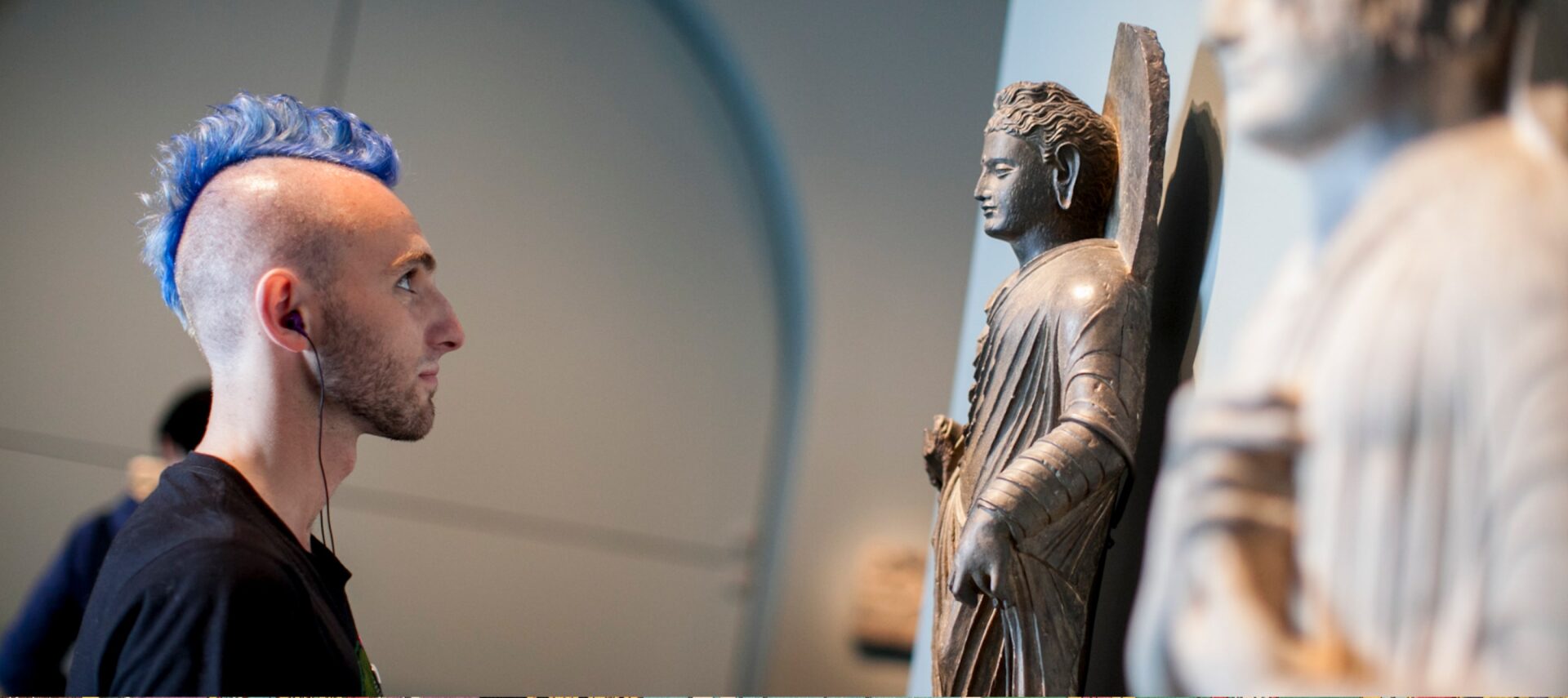


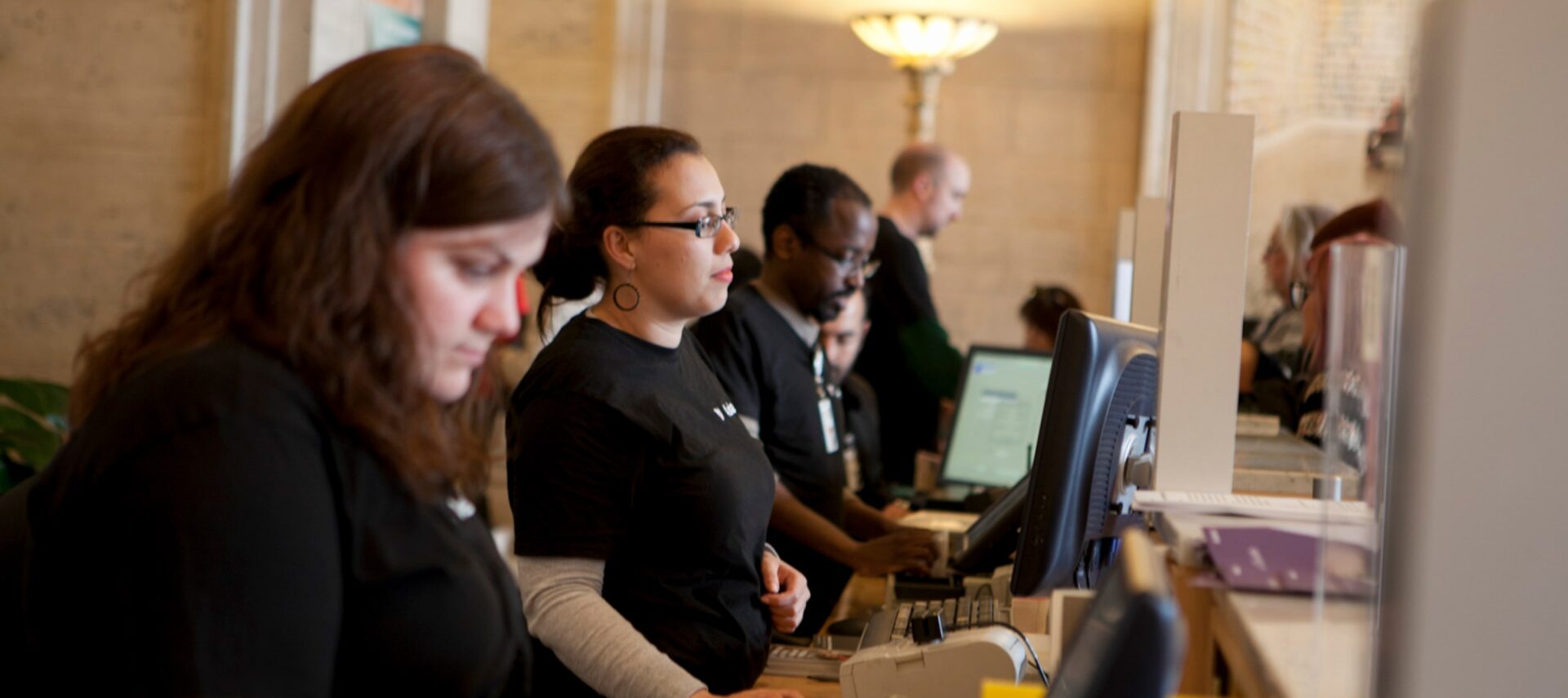
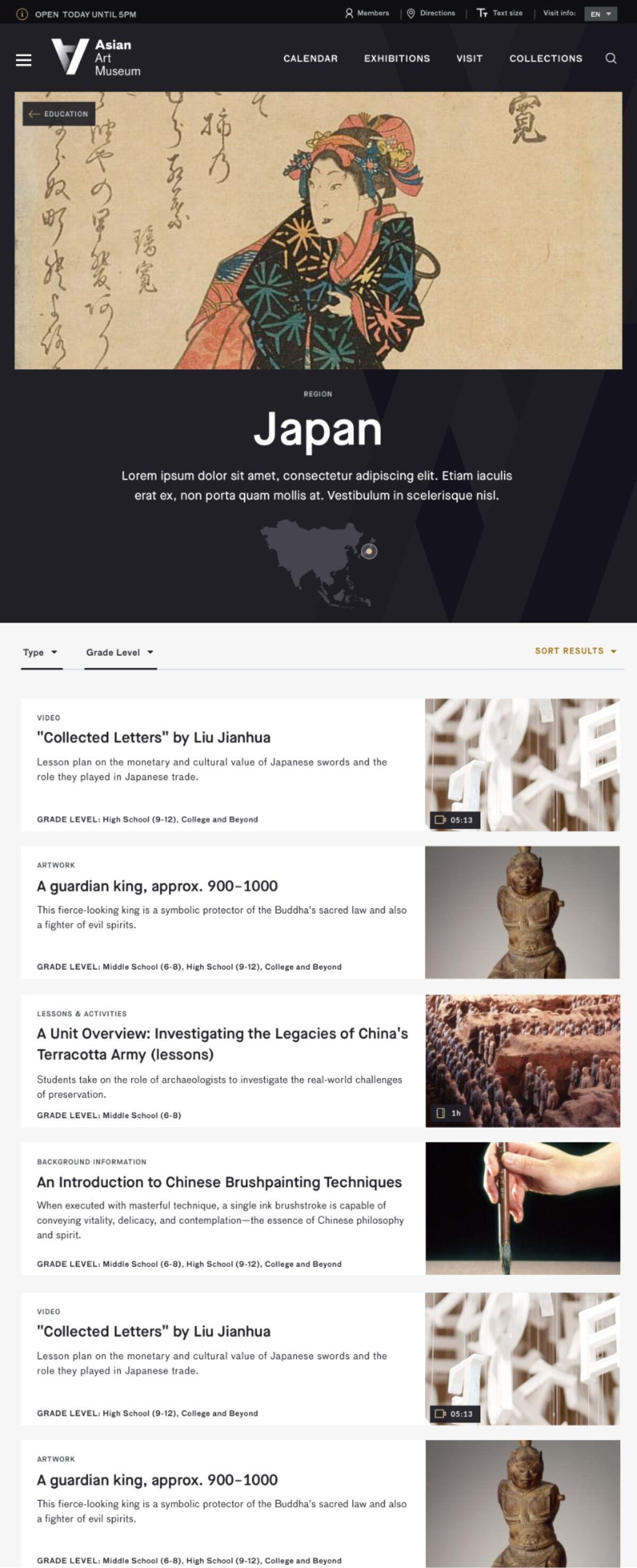
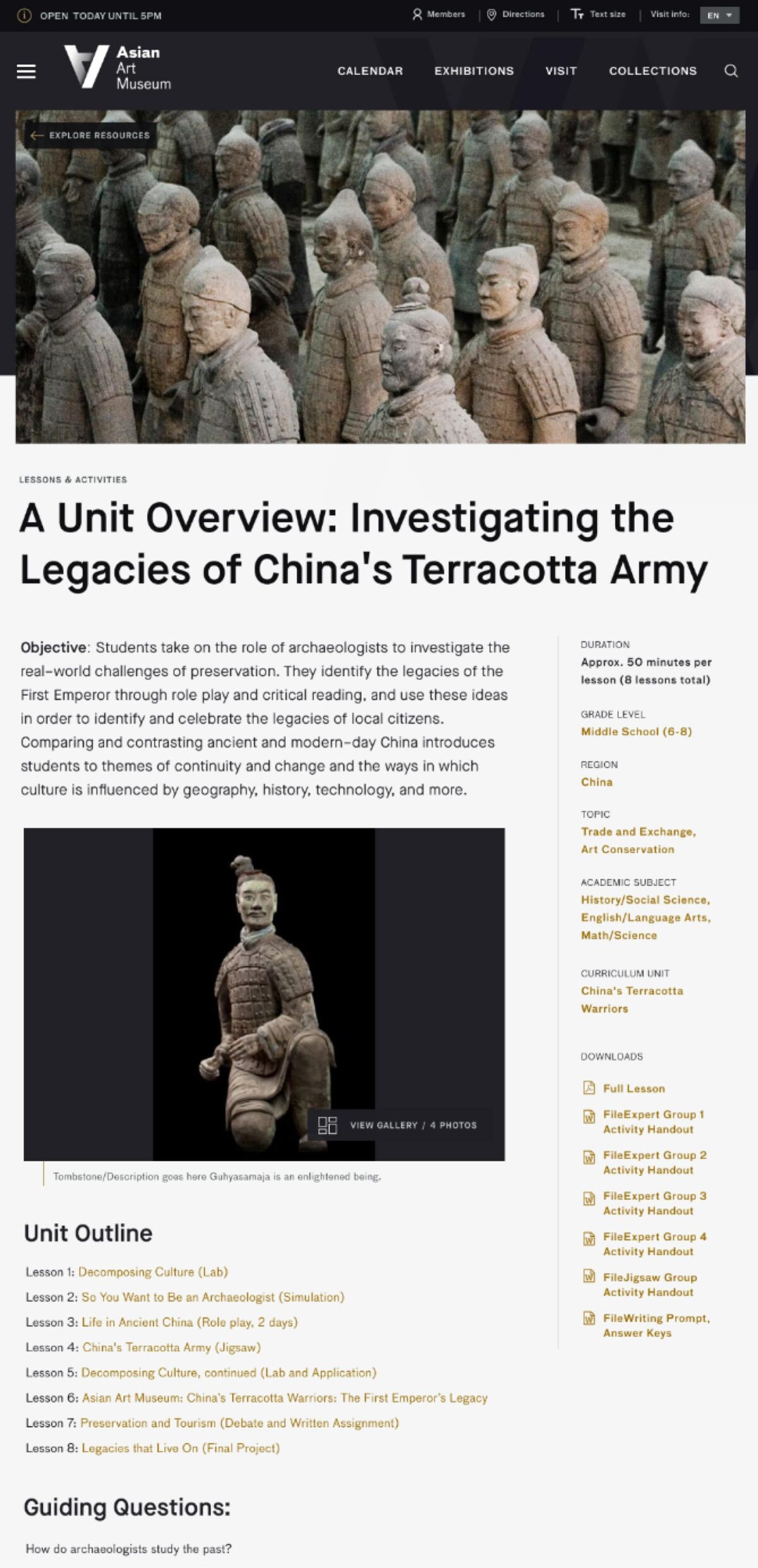
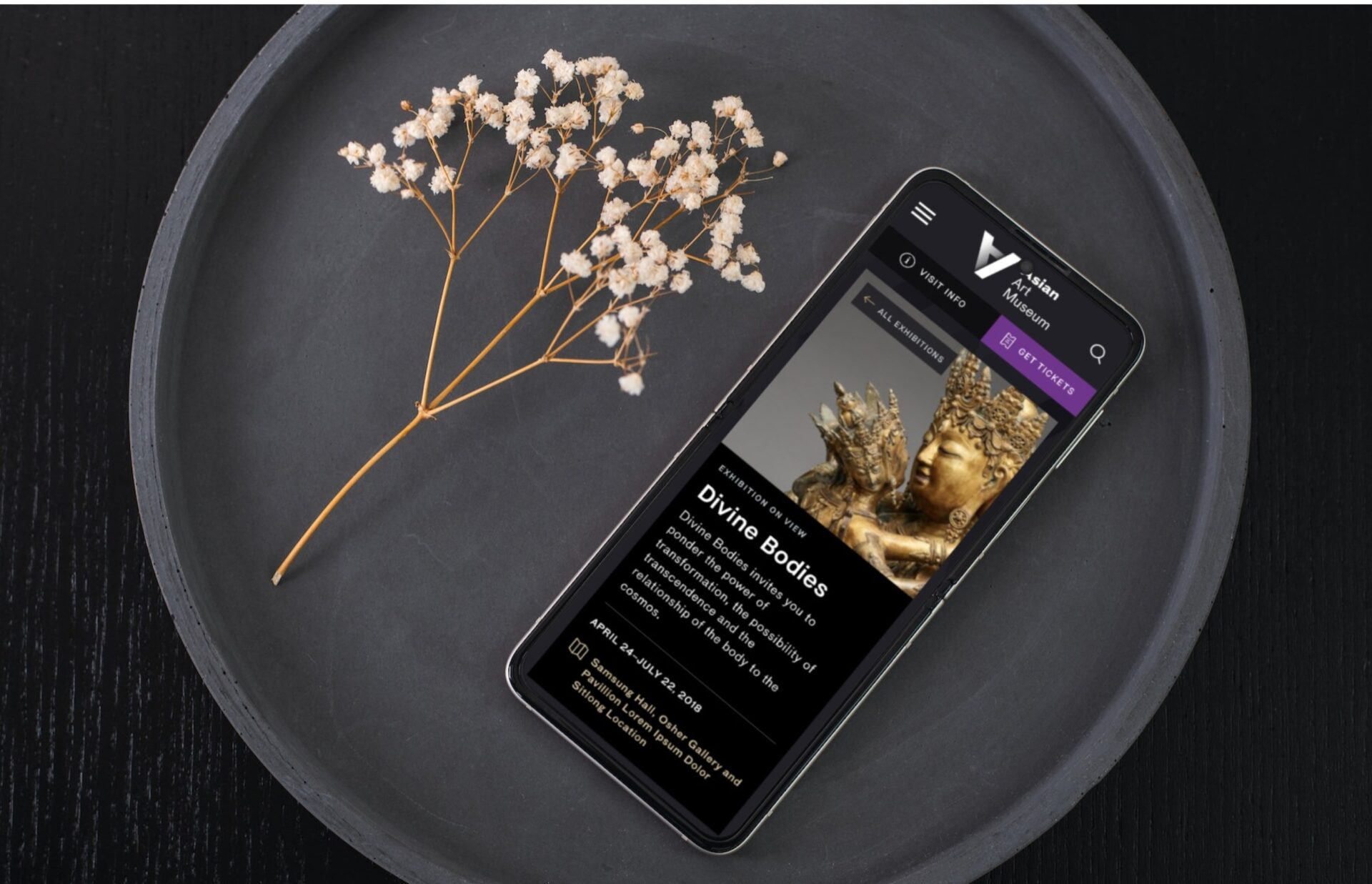
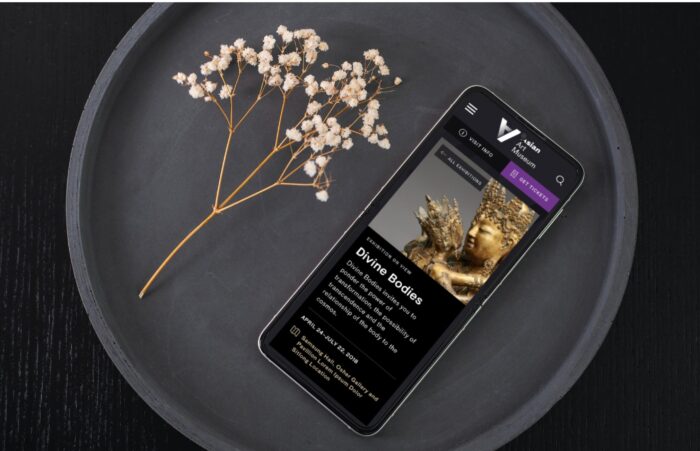
Fresh Discoveries Result in Improved Conversions & User Satisfaction
Successful projects begin with good design and systems architecture, but the process doesn’t stop there. Ongoing insights can be gained by testing and engaging with users, which presents new opportunities for improving conversions, refining the marketing funnel, and enhancing stakeholder outcomes. While we educate our clients on content management systems and some are capable of running split tests independently, we still enjoy being involved in the optimization process to ensure that our products and marketing systems function efficiently. We have collaborated with the Asian Art Museum for five years, continuously refining various aspects of the project, resulting in improved conversion rates, addressing changing stakeholder needs, and ultimately benefiting the end-users.
